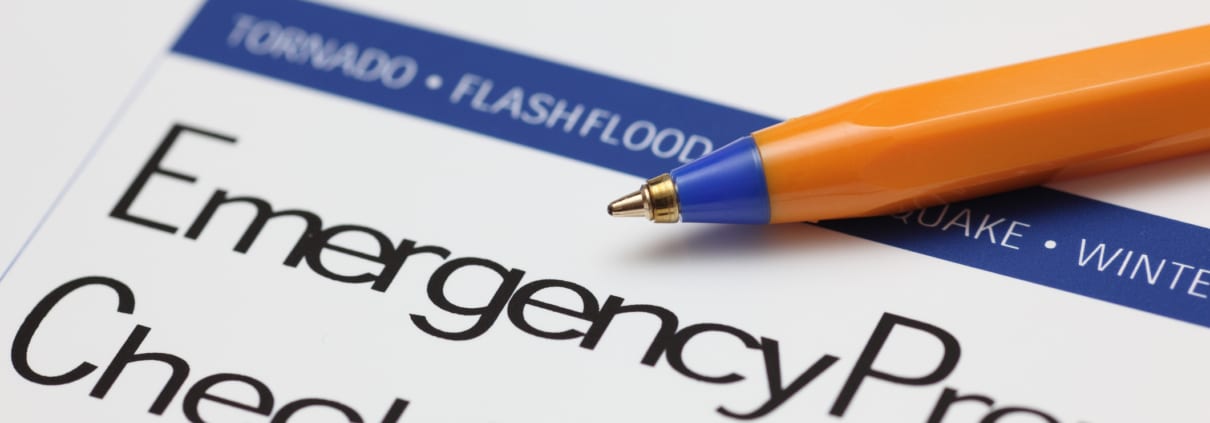Emergency Preparedness: Developing Robust Action Plans for Natural Disasters
North Carolina’s construction industry faces a unique set of challenges each year as hurricane season peaks from August through October. With the potential for strong winds, flash flooding, and power outages, construction sites are especially vulnerable to disruption and damage. Without a solid emergency action plan in place, crews and projects alike are at risk.
Being prepared isn’t just smart—it’s essential. A well-structured emergency response plan can save lives, minimize downtime, and protect both your workforce and your bottom line.
Know Your Regional Threats
Every emergency action plan should start with an understanding of the most likely hazards in your area. For construction companies operating in North Carolina, the top risks include:
- Hurricanes and Tropical Storms
- Flooding and Storm Surge
- Tornadoes and High Winds
- Severe Thunderstorms and Lightning
Each of these events poses unique risks to jobsite stability, equipment safety, and worker health. Planning around local weather patterns and historical storm data can help your team anticipate when to scale back operations or suspend work entirely.
Core Components of a Construction Emergency Action Plan
An emergency plan should be site-specific, regularly updated, and clearly communicated to all personnel. Here are the foundational elements to include:
1. Emergency Chain of Command
Designate a clear chain of command outlining who makes decisions in an emergency and who communicates updates to workers, subcontractors, and local agencies. These individuals should receive additional training to lead under pressure.
2. Evacuation Procedures
Include detailed instructions for how workers should safely evacuate the jobsite. Identify multiple exit routes, rally points, and transportation options if needed. Conduct drills at least twice a year to keep these procedures fresh.
3. Site Shutdown Checklist
Develop a protocol for how to shut down the jobsite quickly and securely. This includes:
- Securing or removing loose tools and materials
- Anchoring portable structures and signage
- Disconnecting temporary power sources
- Backing up electronic project files and plans
4. Communication Plan
Establish multiple channels of communication (e.g., radio, phone trees, mass text systems) to distribute alerts and instructions. Ensure every worker knows who to contact and how, both during and after the event.
5. First Aid and Emergency Supplies
Keep first aid kits, water, flashlights, fire extinguishers, and battery-powered communication tools in accessible locations across the jobsite. Check these supplies regularly to confirm they’re fully stocked and functioning.
6. Post-Storm Recovery and Assessment
Outline steps for safely returning to the site, including:
- Damage assessment procedures
- Required inspections before resuming work
- Documentation and insurance reporting
- Counseling support for affected workers
Don’t Wait for the Forecast
While weather forecasts and alerts are valuable tools, emergency preparedness should not begin when a storm appears on the radar. Proactive planning is what separates safe, resilient job sites from those caught off guard.
Construction companies that build and practice emergency protocols are far better positioned to handle interruptions with confidence and control. Even a short pause to prepare can prevent long-term delays or tragedies.
Strengthen Your Emergency Response Today
Construction Safety Experts provides tailored emergency response planning services that help contractors across North Carolina protect their workers and job sites from severe weather events. From evaluating current plans to training your leadership team, we provide the expert insight you need to stay ahead of disasters.
Call (919) 463-0669 today to review your jobsite readiness and build a disaster response plan that works.
Looking to enhance your team’s emergency preparedness? Contact Construction Safety Experts for trusted guidance and hands-on safety solutions that help you manage risk—before, during, and after the storm.







